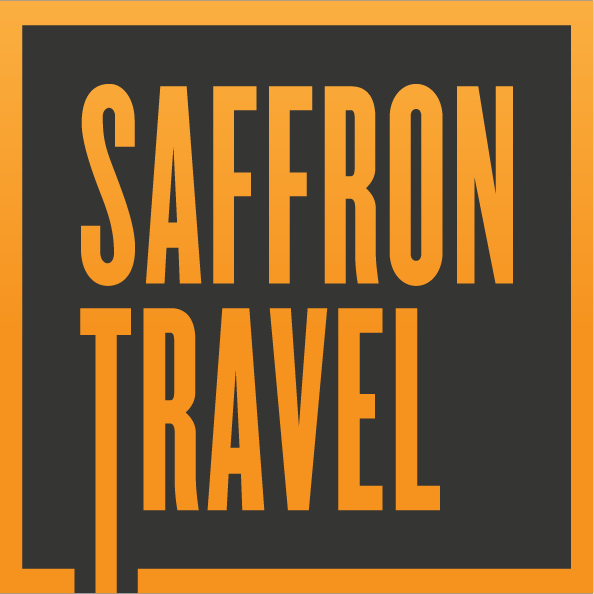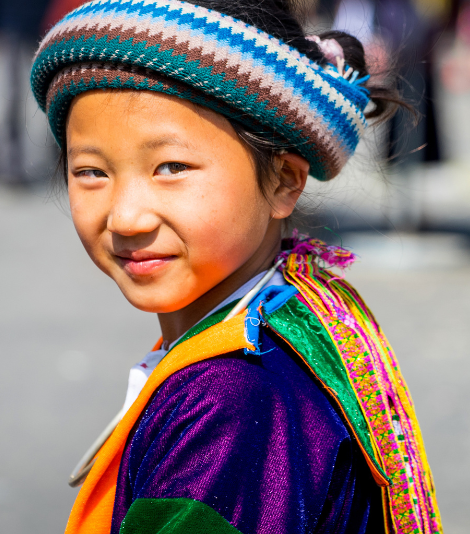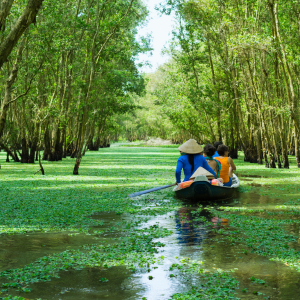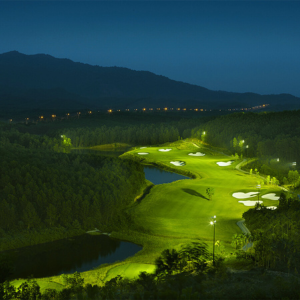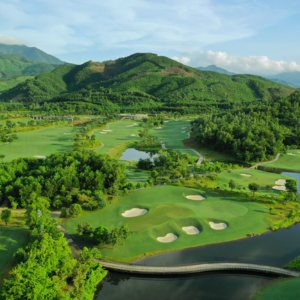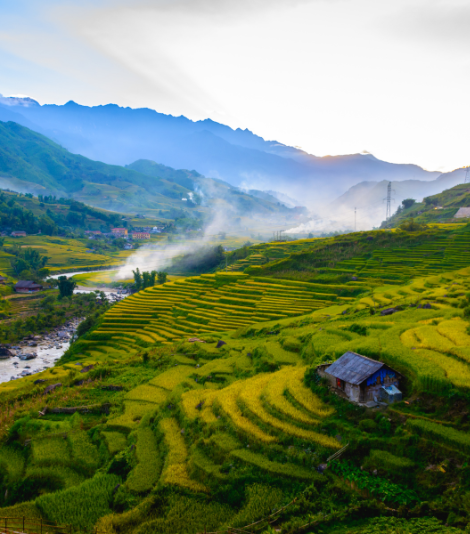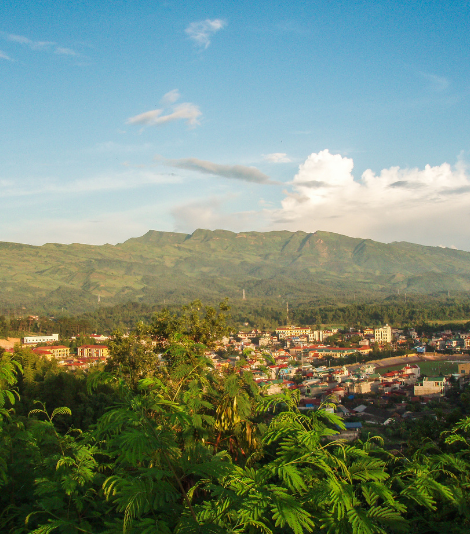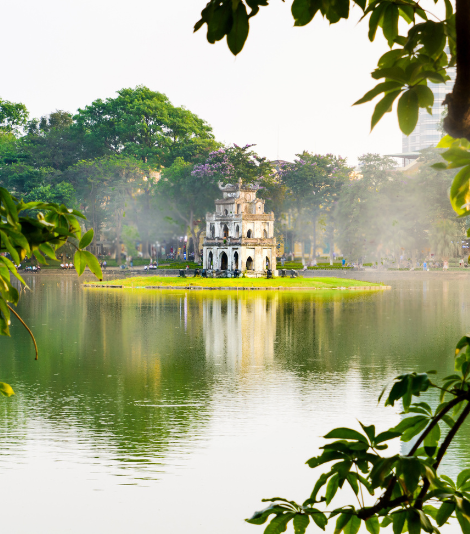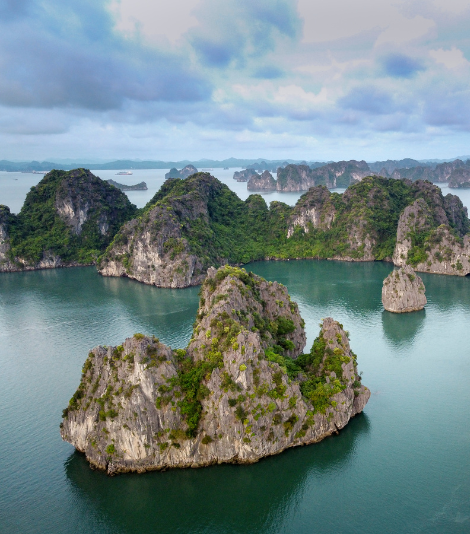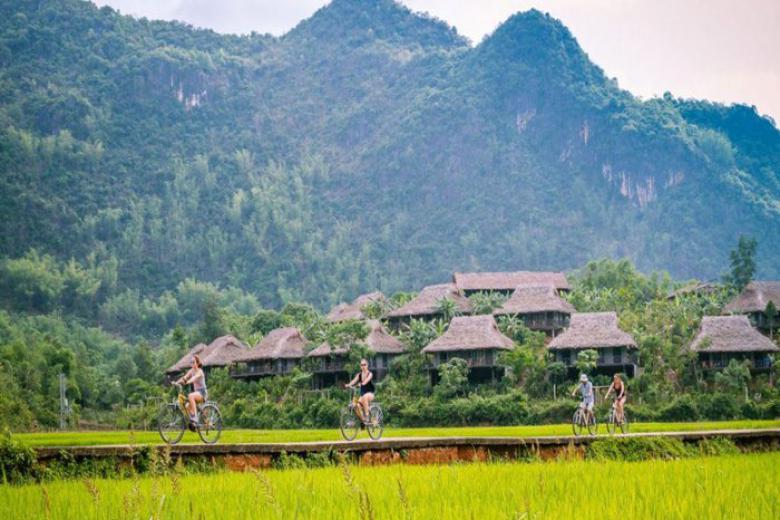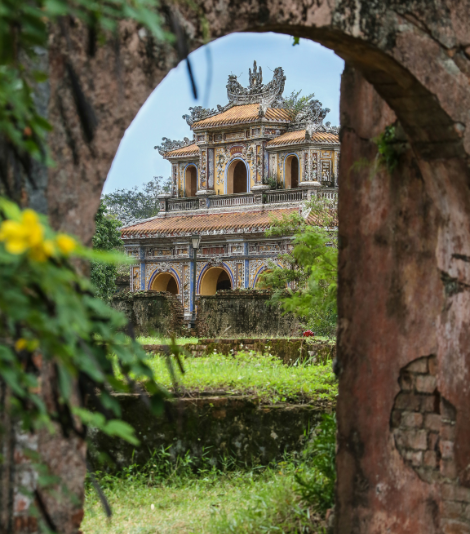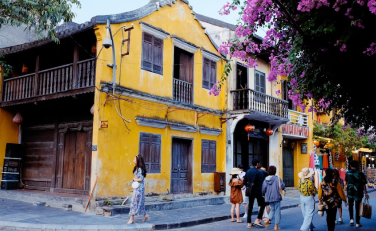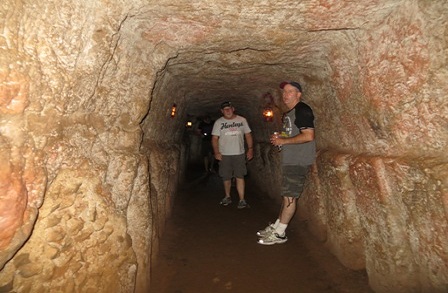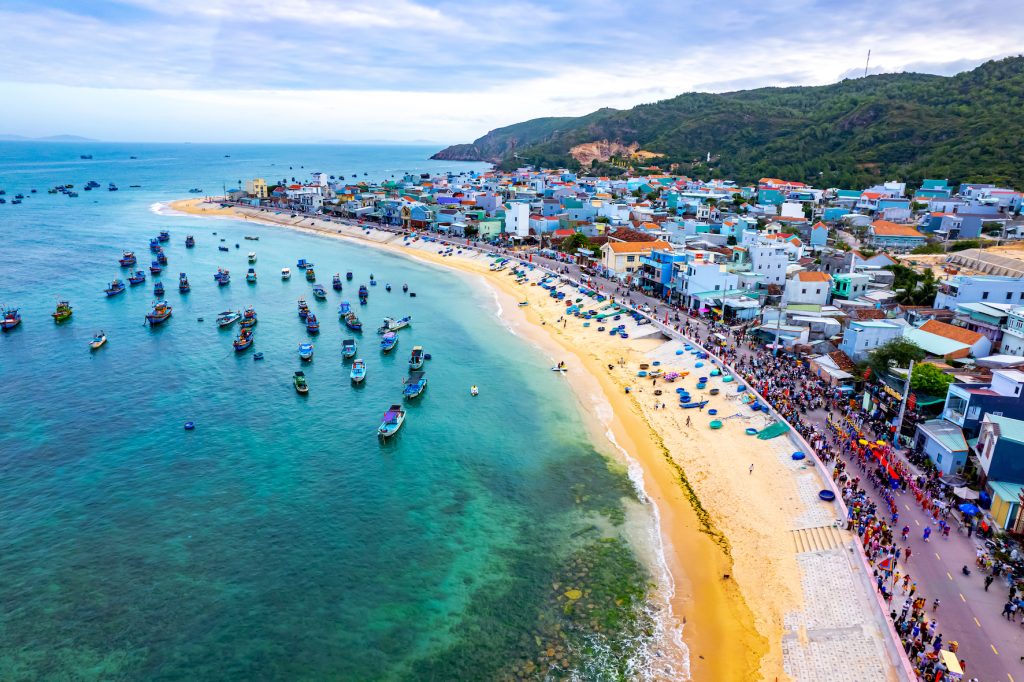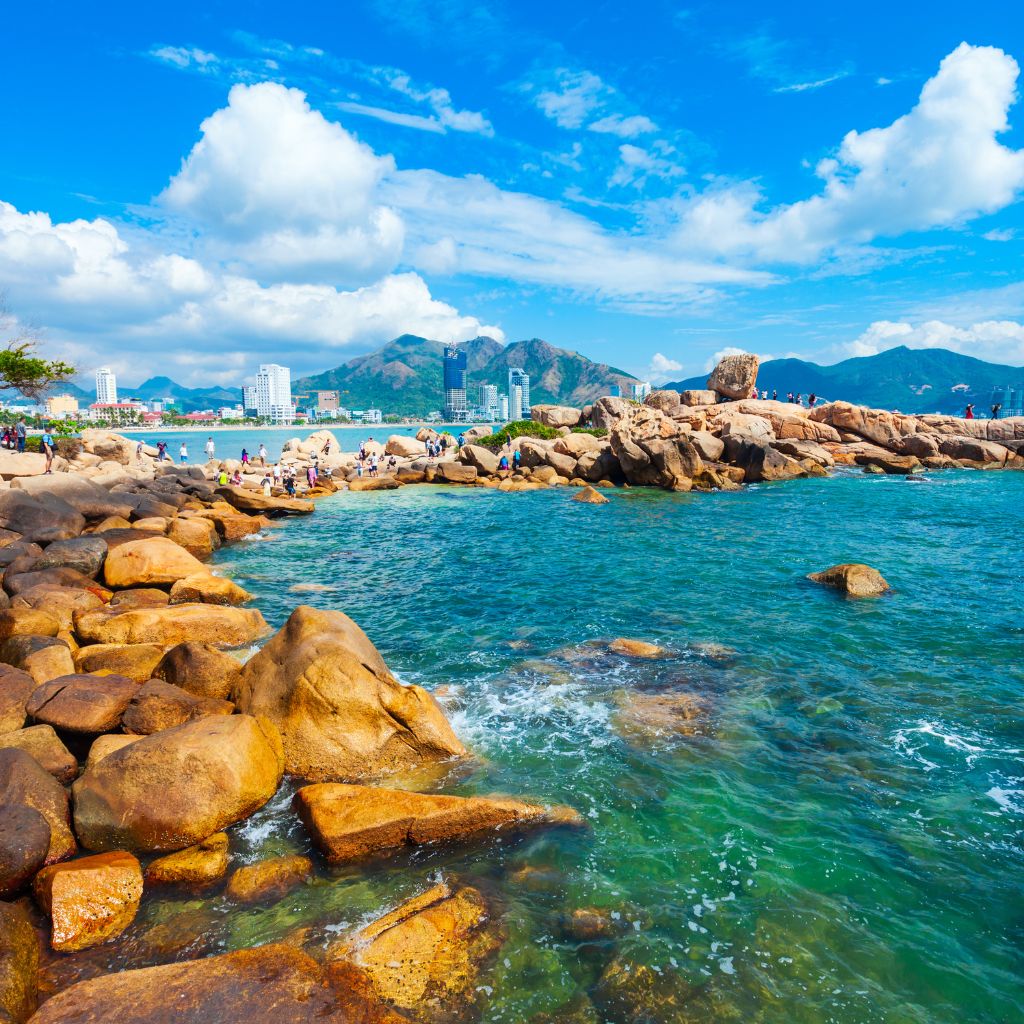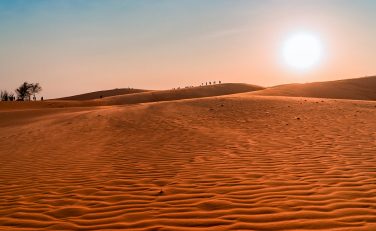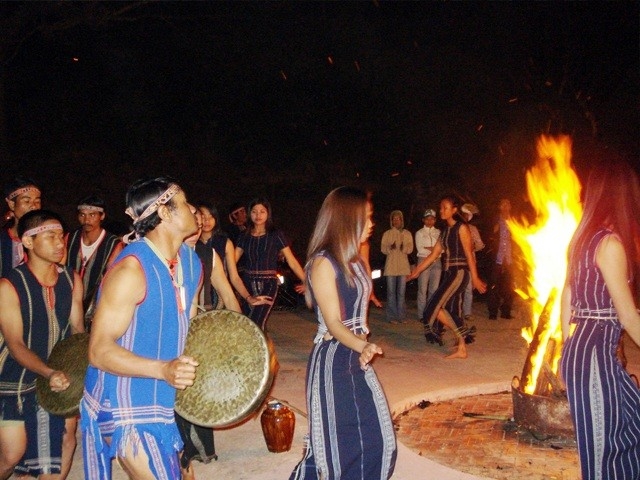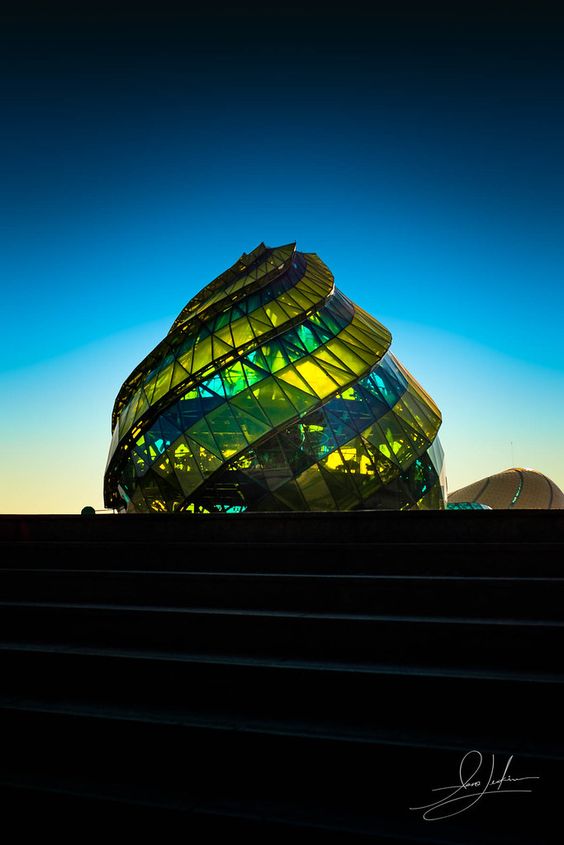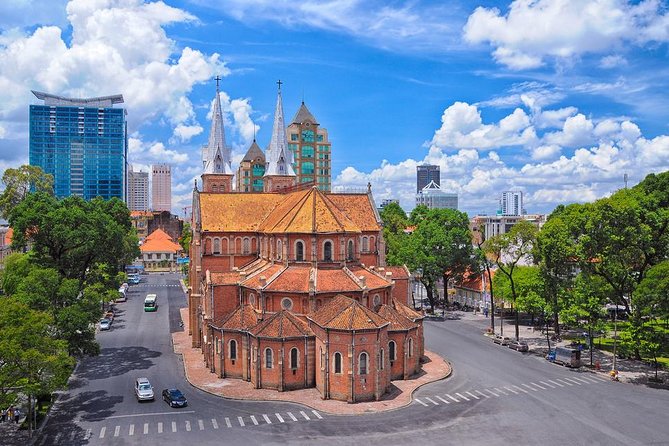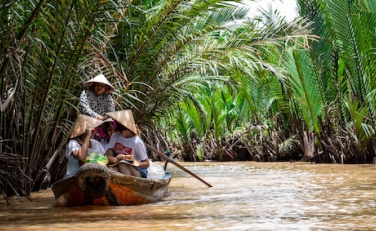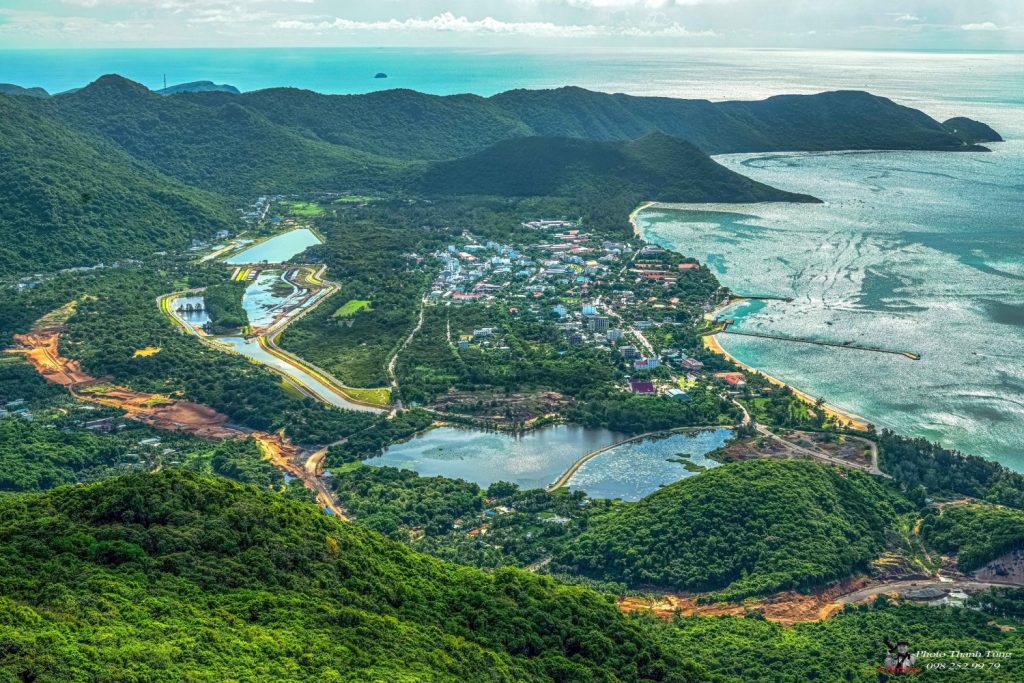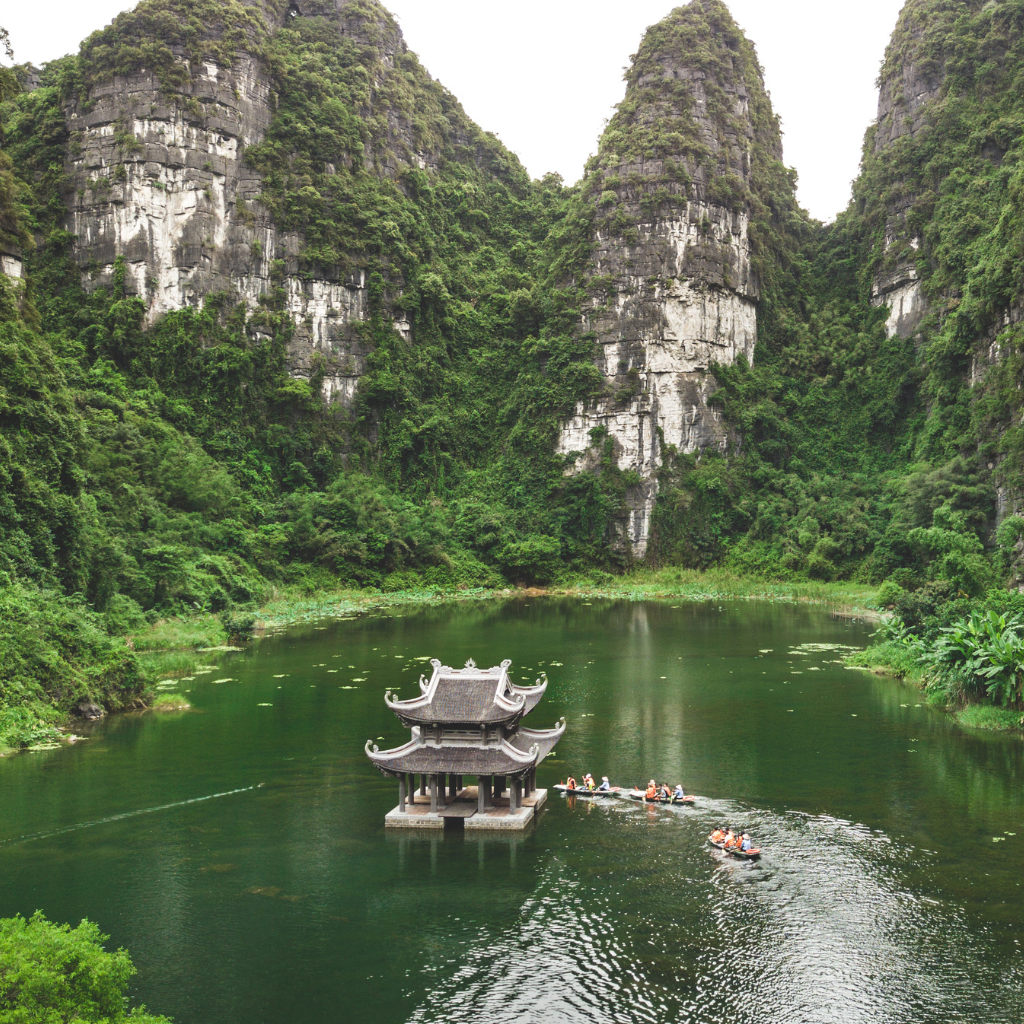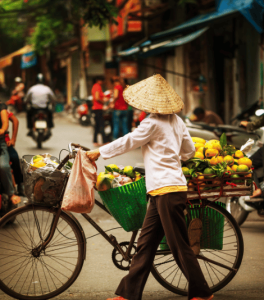VIET NAM TOURS

CAPITAL CITY
The capital city of Vietnam is Hanoi but the largest city is Ho Chi Minh City (formerly Saigon), which is the cultural and economic centre with a population of 9 million and the biggest port in Vietnam.SIZE
Inland area: 330,991 Km2 Length: 1,650 Km Width: 600 km at the widest point and 50 km at the narrowest point.GEOGRAPHICAL SITUATION
Located on the eastern coast of South-East Asian Indochinese Peninsula, Vietnam shares its borders with Cambodia and Laos to the West, with China to the North and the East Sea to the East. Total coastline and borders stretch 2,500 Km. An estimated 66% of the total area is dominated by the rugged, heavily forested terrain of the Truong Son Range stretching North-South between the intensively cultivated and densely populated Red River (North) and the Mekong River (South) deltas. The highest peak in Vietnam is Fan Si Pan (3,143 m) in the extreme North. A long, narrow coastal plain links the two major river deltas. 22% of the land is arable and 40% is forested.POPULATION
Vietnam has 99, 7 million inhabitants with an average density of 314 inhabitants/km2. 88% of the population is Viet, 2% Chinese and 1.5% Khmer. Numerous ethnic minorities make up the rest of the population of Vietnam: Muong, Nung, Dao, Thai, Cham, Hmong and various mountain-dwellers. The dominant religions are Buddhism (55% of the population) and Catholicism (8% to 10% of the population). Confucianism, Taoism, Hoa Hao, Islam and Caodaism represent around 35% of the population.LANGUAGE
Vietnamese is the official language although English is increasingly spoken by younger Vietnamese in main cities. Some people and especially elderly still speak French, while middle-aged might speak German and Russian. However a guide is duly recommended as language can be a problem outside of main cities for people who have no knowledge of Vietnamese.CURRENCY
The official currency is the Vietnamese Dong (VND) although US dollars and Euros are still accepted. At the time of writing exchange rate is US$ 1 = 23,520 VND (Feb 2022). Traveler’s cheques can be cashed only at major banks and usually incur a 2 to 5% transaction fee. Most of hotels, restaurants and shops in tourist cities of Vietnam accept Visa and Master cards, but can also be subject to 2 to 3% transaction fees. You can also get cash advances with your credit card from automated teller machines (ATM) everywhere (amount generally limited to 5 or 10.000.000 VND, that is to say around 230 USD to 450 USD depending on the bank). If you bring either cash in USD or Euro, please note that exchange rates for small and big notes vary. So we would recommend you to bring some small notes in USD dollars to cope with first expenses on arrival then either 100 USD or 100 € bank notes. Be careful, banks and foreign exchange offices do not usually take old, scribbled or even stained bank notes.CLIMATE
Due to its long shape bordering the South East Sea, Vietnam has a much diversified weather and climate so visitors can come to Vietnam all year round without having many climatic disadvantages.LOCAL TIME
Vietnam is 7 hours ahead of Greenwich Mean Time.ELECTRICITY
In Vietnam electric current is mostly 220V in main cities, although you can still find 110V in rural areas. Sockets are both round and flat types.WATER
It is advisable not to drink water from the tap unless it is boiled properly.TELECOMMUNICATIONS
International phone call charges from Vietnam have decreased tremendously over the past few years. Today, the cost of an international phone call is 0,75 USD/minute for Europe. If you need to call from a hotel, it is advisable to check first with the reception. The Vietnamese country code is +84. GSM phone coverage is also good in Vietnam, although you may have no network connection in remote areas. Since 2010, Vietnam has an extended GPRS and 3G networks. Internet cafés are common in every city. Wi-Fi is widely available and free in most bars and restaurants. However, some hotels may charge Wi-Fi connection.HEALTH & MEDICAL FACILITIES
No vaccination is required, but visitors are advised to receive inoculations against hepatitis A and B, typhoid and tetanus. Inoculation for yellow fever and tablets for malaria are not necessary although doctors still usually recommend them. Hanoi and Ho Chi Minh City have good hospitals staffed with foreign medical personnel. However for life threatening injuries it can be necessary to be evacuated to Bangkok or Singapore and we therefore strongly recommend medical travel insurance.TRANSPORTATION
There are five international airports in Vietnam: Noi Bai in Hanoi located 45 minutes from the town centre, Cat Bi in Hai Phong, Danang’s airport at 4 km from the heart of the town, Cam Rang located 40 mn driver from Nha Trang and Tan Son Nhat in Ho Chi Minh City located 20 minutes from the town centre. The road network has improved but still needs to be upgraded in some areas. To cover a distance, it is reasonable to count an average speed of 50 km / hour. By train, it takes a minimum of 32 hours from Hanoi to Ho Chi Minh City. Although we can now find carriages with soft sleepers and air-conditioning, it is rather slow and not particularly comfortable but for a short journey, it is an interesting way to see Vietnam. Helicopter sightseeing has become available using safe helicopters flown by qualified pilots.DRIVING
In Vietnam, we drive on the right side. An international Driving license is not valid. Only owners of a Vietnamese driving license are allowed to drive a car or a motorcycle. Without talking about insurance matters, renting a motorbike is possible although not recommended due to the dense traffic in main cities such as Hanoi and Ho Chi Minh CityCOOKING
Traditional Vietnamese cuisine boasts over 500 specialties varying from the famous spring rolls to tamarind crab. Meals are generally not spicy but make use of a wide array of interesting sauces. For vegetarians, Vietnam offers a unique Buddhist-style fare created from combinations of an unending selection of vegetables and tofu. Beyond the delights of the street stalls and culinary wonders of Vietnam, main cities now offer an increasing selection of international restaurants.SHOPPING
All sorts of goods and manufactured products can be found. From high-tech products to local handicraft products (lacquer ware, painting, silk, wood and stone art works…), main cities have an abundance of small shops and even big shopping centers. Those who plan to bring back souvenirs are therefore advised to travel light. Prices displayed are usually fixed, but in other cases, bargaining is a fact of life in Vietnam!TIPPING
Tipping is not mandatory although it is appreciated. Note that prices in hotels and restaurants usually include 10% for VAT and 5% for service charges.ACCESS
Please find below a list of carriers offering services into Vietnam:VISA AND PASSPORT
A visa is compulsory to enter Vietnam except for citizens of:- Indonesia, Laos, Malaysia, Singapore and Thailand if the length of the stay is not exceeding 30 days.
- The Philippines if the length of the stay is not exceeding 21 days.
- Korea, Japan, Norway, Finland, Sweden, Germany, Denmark and Russia if the length of the stay is not exceeding 15 days. From 15 August 2023 onwards, citizens of countries that are unilaterally exempted from visas by Viet Nam (listed above) will be granted temporary residence for 45 days (instead of 15 days).
BEFORE GOING
If you are travelling in the north or the centre from October to March warm clothes are recommended and especially appropriate all year long in the northern and highlands area (Sapa, Buon Ma Thuot and Dalat). In the south, light clothing is a must all year long. Although you can find all these products in Vietnam, we recommend you take products for mosquitoes and for the sun, a cap or a hat, sunglasses, a raincoat and a small bag to carry a few things in case you have to leave your big suitcases at the hotel for a few days. Finally, Vietnam is considered a safe country but we recommend you leave your gold jewellery at home.OTHER DESTINATIONS

LAOS
Landlocked and, to some extent, 'culture-locked,' Laos provides visitors with a sense of returning to a more relaxed time, where the urgency of modern life is wonderfully absent. Even in the capital, Vientiane, life ambles along only a little faster than the languid Mekong River that flows past the city. In the historic royal city of Luang Prabang – a UNESCO World Heritage site – hundreds of monks in saffron robes glide between centuries-old temples. In this historic city, you will also find luxurious boutique hotels and an incredible food scene drawing on French and local traditions. Outside of the cities, visitors can discover the haunting Plain of Jars and the majestic Four Thousand Islands (Si Phan Don), where the Mekong River expands, and its waters gather pace.
Read more
CAMBODIA
The magnificent Angkor Wat temple complex never disappoints. The ancient architecture, adorned with remarkable statues and depictions on temple friezes of life during the Khmer Empire, is truly one of the highlights of any trip to Indochina. Cambodia is also home to the largest lake in all of Southeast Asia – Tonle Sap – dotted with little villages on stilts and beautiful mangrove forests. At Kratie on the banks of the Mekong River, with a bit of luck, you can spot the rare Mekong River Dolphins. Phnom Penh is known for its many museums testifying to the horrors of the Khmer Rouge but is also rapidly transforming into a fashionable modern metropolis. Along the south coast, the quiet beach towns of Kep and Kampot contrast with the larger city-by-the-beach buzz of Sihanoukville. Near the Cardamom Mountains to the west lies Koh Kong, boasting luxurious floating eco-resorts, small uninhabited islands, and some of the best beaches in the region.
Read more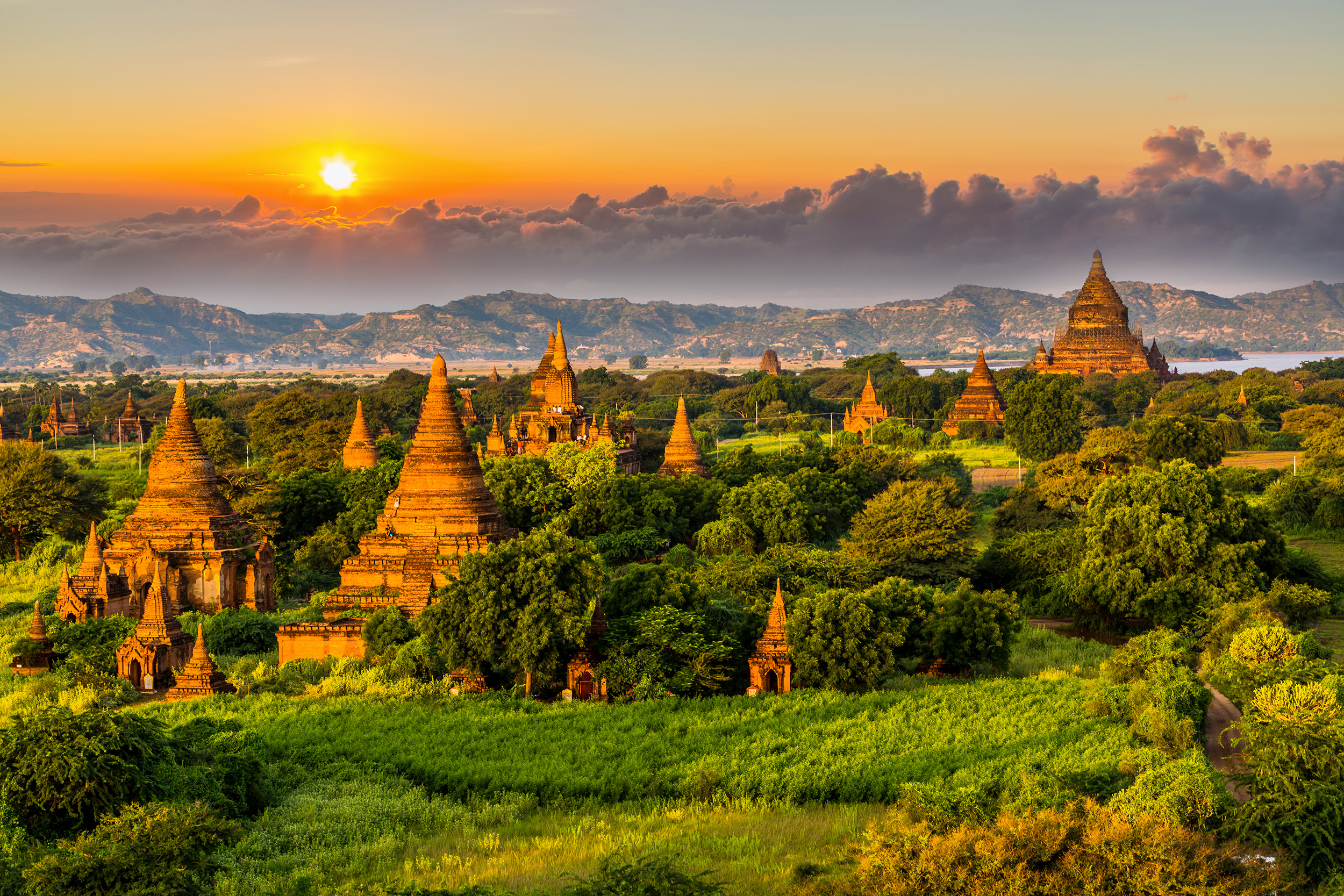
MYANMAR
It was only relatively recently that Myanmar emerged as one of Southeast Asia’s most enticing destinations to visit. From the islands of the Andaman Sea in the south, right up into the Eastern Himalayan mountain range, Myanmar covers a mesmerizing spectrum of geographic and cultural settings. No wonder Rudyard Kipling once described it as 'quite unlike any land you will ever know.' Rich in archaeological sites, glittering pagodas, colorful festivals, and breathtaking artwork, Myanmar is also blessed with an awe-inspiring range of lush fertile plains, vast virgin jungles, snow-capped mountains, and pristine beaches.
Read more